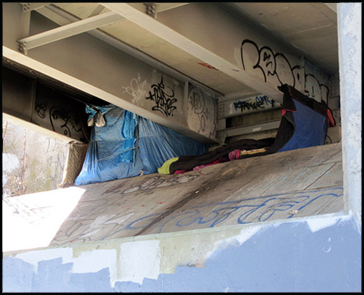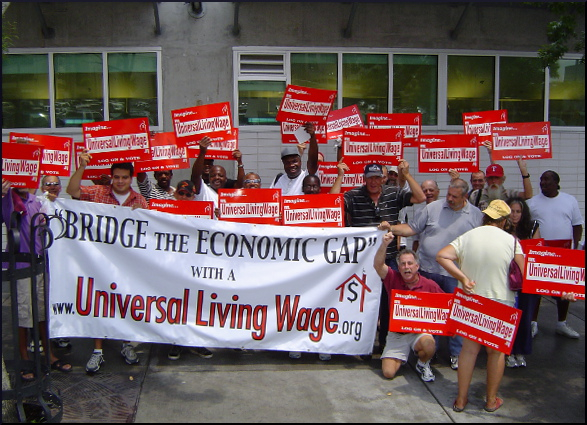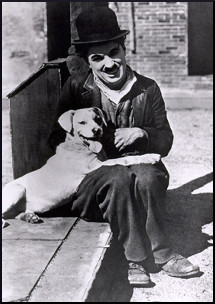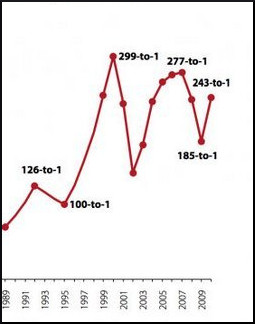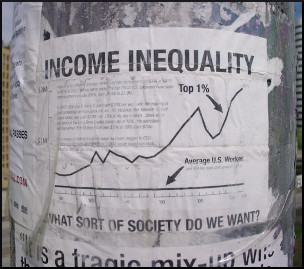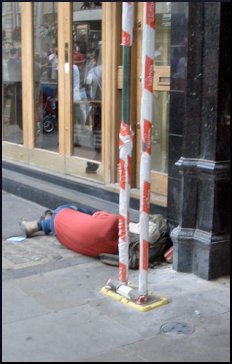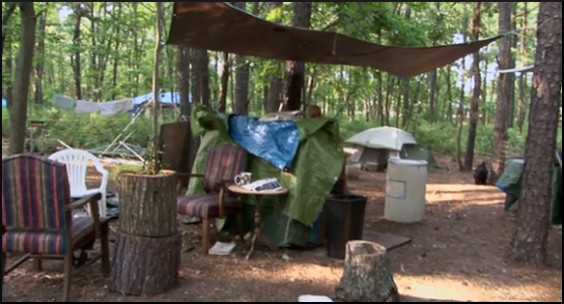
In Austin, Texas, something is happening that will unavoidably become a subject of great interest to communities across the nation. The new thing is called Community First Village (CFV), and it is happening because many of the town’s officials and citizens believe that ending homelessness is more economical than dealing with the consequences of allowing it to continue.
Both planning and financial preparation for CFV have been underway for about ten years. By July of this year, the nonprofit group Mobile Loaves & Fishes had raised $6.5 million, completing the first fundraising phase of the project whose cost is estimated to come in at between $10 and $12 million. Compare the price tag for providing this safe haven of “permanent, affordable and sustainable housing and caring support for disabled chronically homeless individuals.” Because the residents will have preventative care, protection from the weather, and a nourishing diet, it is expected that the city’s taxpayers will be spared about $10 million each year in medical bills alone.
The place
Soon, roads will be built and water and sewer lines installed on the 27-acre property. The goal is to erect 225 units – an “innovative mix of affordable housing options” – divided between 100 RV trailers, 100 micro-houses, and 25 canvas-walled tent-cottages. Regarding the number of residents, various news reports are confusing, because 240 is the number most often given. On the other hand, one article mentions two-bedroom units, which seems to imply a certain amount of double occupancy. But then another source says “single residents only.” At any rate, this short piece of video reportage should help to visualize the project.
CFV will be a gated community, not only to keep out troublesome unwanted visitors, but to allow the inhabitants a sense of privacy they have rarely known on the streets and in emergency shelters. The community will have its own clinic, “a medical facility for physical and mental health screenings and support services including hospice and respite care.” Since this will be a final home for many, a memorial garden and columbarium are also among the amenities. Also, McCoy’s Building Supply is putting up a 5500-square-foot structure:
The building will house a 700 sq. ft. art studio and a workshop where residents can be creative. Part of the operations building will also house offices and a community maintenance shop.
The Alamo Drafthouse is contributing an outdoor theater. Much healthy food will come from “Genesis Gardens,” where 500 fruit trees and a vegetable plot will be cared for by the residents, who will also tend bees and take care of chickens, rabbits, and aquaponically-raised fish that are destined for the dinner table.
The people
There will be an application process, and prospective residents must pass a background check and have provable income. The rent will be on a sliding scale, with amounts cited by various sources as “between $120 and $250,” “$120-450/month,” and “as little as $90.” The facility’s operating budget is estimated at $1 million per year.
The rules will be similar to those that apply in homeowners’ associations, with expulsion as the penalty for messing up. On-site staff members will help out and keep things running smoothly. Guests will be required to register, and can be kept out. There are even plans for a new city bus stop.
For more about the innovative Community First Village project and the people making it possible, please visit again next week.
Source: “Local Austin Homebuilder MileStone Community Builders Part of Community
First!,” BusinessWire,com, 08/26/14
Source: “27 Acre Community First Village Ends Austin Homelessness,” Austinot,com, 09/26/14
Image by Mobile Loaves and Fishes

